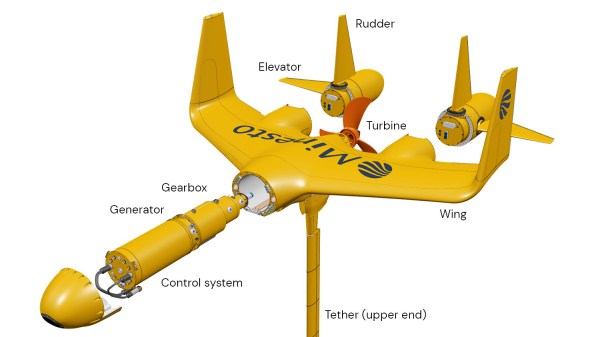The tides! Such a unique thing, because on Earth, we don’t just have oceans full of liquid water—we also have a big ol’ moon called Moon to pull them around. You might like to keep track of the tides; if so, this tide clock from [rabbitcreek] could come in handy.
The motions of the tides are moderately complex; it was in the late 19th century that Sir William Thomson figured out a reasonable method to predict the tides mathematically and with a mechanical contrivance of his own design. These days, though, you don’t need pulleys and ropes to build a tide clock; you can just use electronics for display and the NOAA API to get the information you need.
[rabbitcreek’s] build is based around the Xiao ESP32 S3, which is charged with using its Wi-Fi connection to query NOAA up-to-date tide height data. It then uses this information to drive the position of a servo, installed inside a 3D-printed housing. The servo rotates a little red Moon indicator around a central Earth, with our home planet surrounded by a stretched blue marker indicating the swelling of the tides as influenced by the Moon’s gravity.
If you’re a surfer or beach driver that’s always wanting to know the tidal state at a glance, this clock is for you. We’ve featured other tide clocks before, but never any projects that can actually influence the tides themselves. If you’ve figured out how to mess with gravity on a planetary scale, consider applying for a Nobel Prize—but do notify the tipsline before you do.















